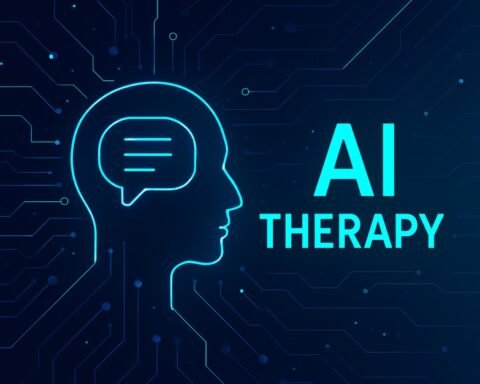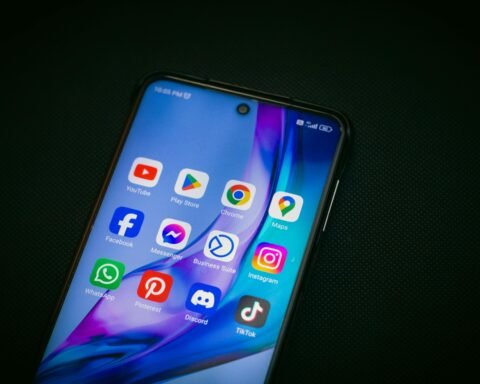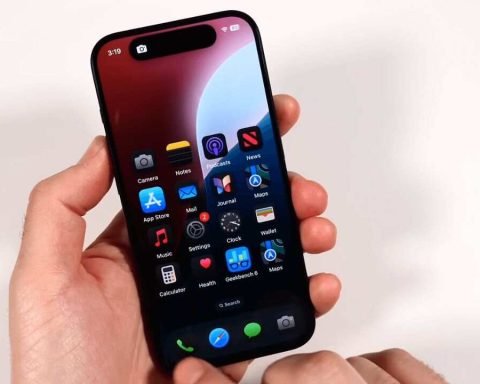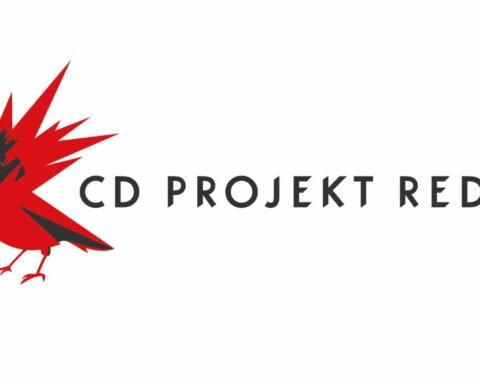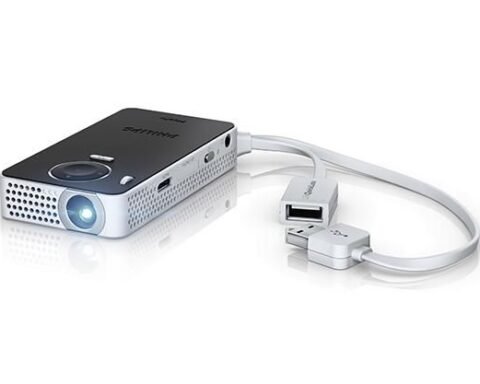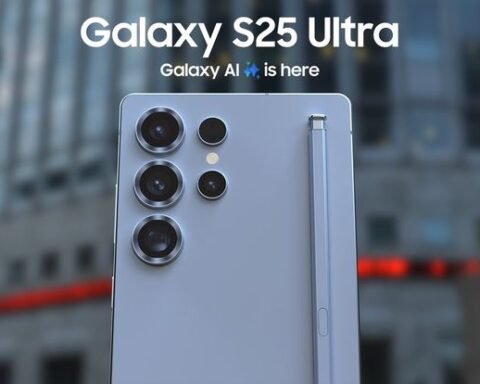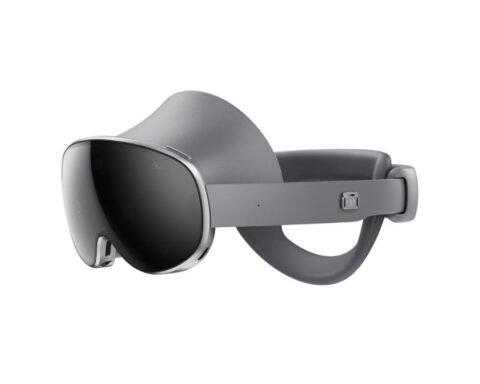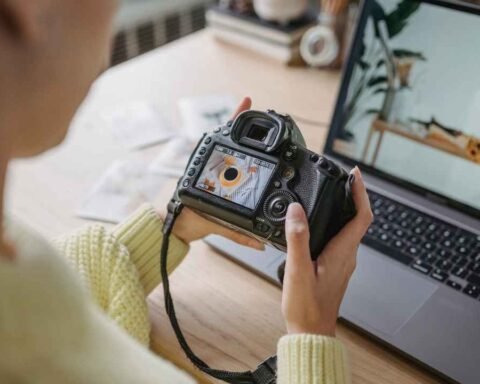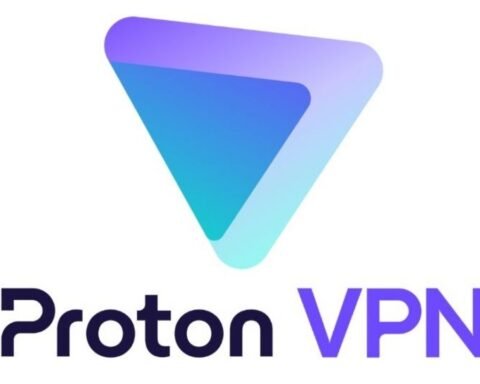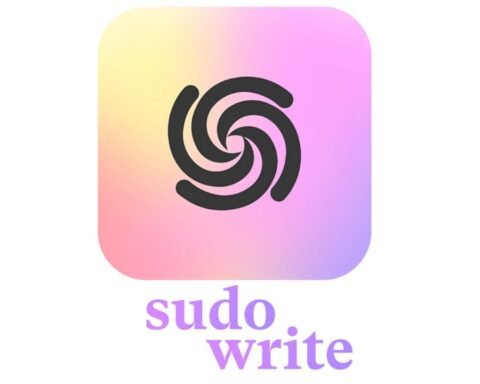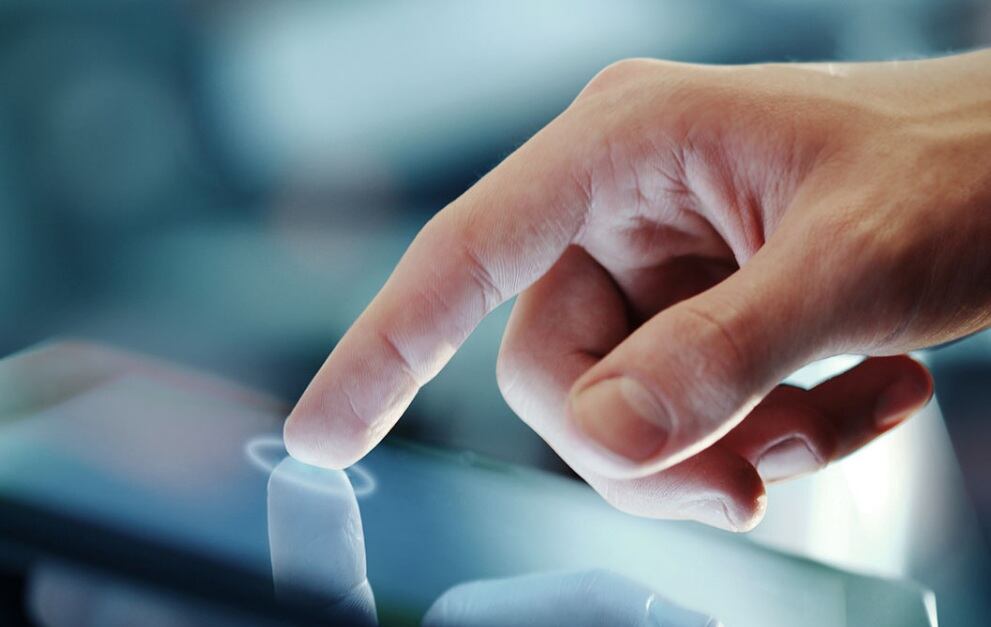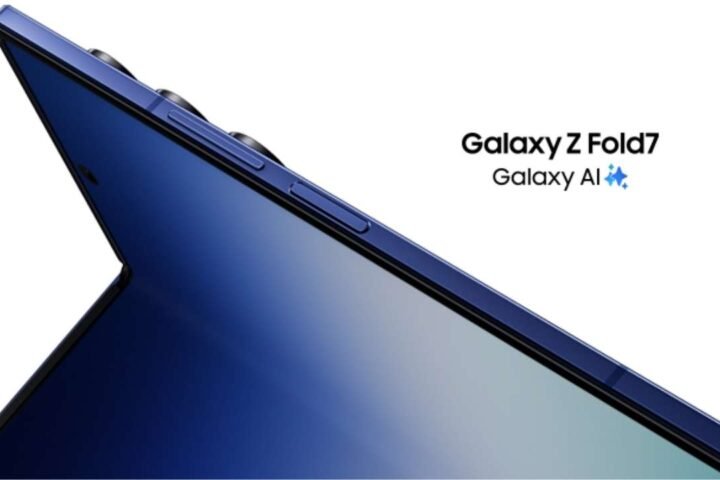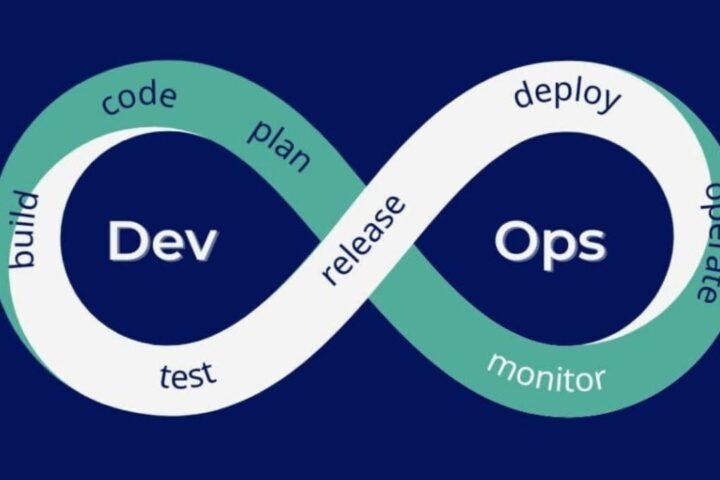The way we interact with our smartphones could be changing in the near future, thanks to new research into flat panel haptics. This technology could allow for more subtle and tactile notifications that use the entire surface of a smartphone screen to create different sensations.
Currently, smartphone notifications are often intrusive and distracting, with banners or pop-ups that interrupt whatever the user is doing. However, flat panel haptics could change that by allowing for more nuanced and subtle notifications. For example, users could feel a slight vibration on one side of the screen to indicate a new message, or a different sensation to let them know they have a missed call.
The technology works by using small, controllable vibrations to create different textures and sensations on the surface of a screen. These vibrations can be programmed to create a wide range of tactile experiences, such as the feeling of a button being pressed, or the sensation of a rough or smooth surface.
One potential application for flat panel haptics is in the gaming industry, where it could enhance the immersive experience of playing video games. Rather than relying solely on audio and visual cues, gamers could feel physical sensations that correspond to what’s happening on the screen.
However, flat panel haptics could also have more practical uses, such as in healthcare. Patients with visual or auditory impairments could benefit from tactile notifications that alert them to important information, such as medication reminders or upcoming appointments.
Of course, the technology is still in the research stage, and it remains to be seen whether it will be adopted by smartphone manufacturers. However, if it does become commercialized, it could change the way we interact with our devices, and make notifications less intrusive and more intuitive.
In conclusion, flat panel haptics could revolutionize the way we interact with our smartphones, allowing for more subtle and tactile notifications. While the technology is still in development, it has the potential to enhance the user experience and make our devices even more intuitive and user-friendly.

